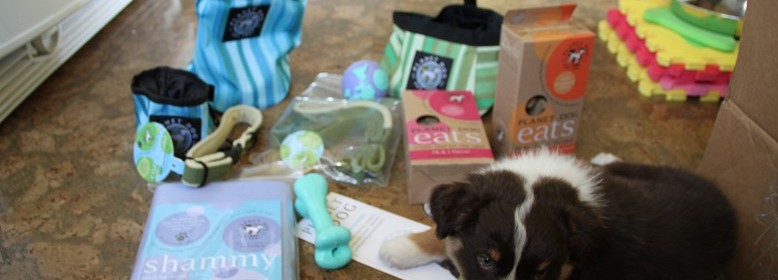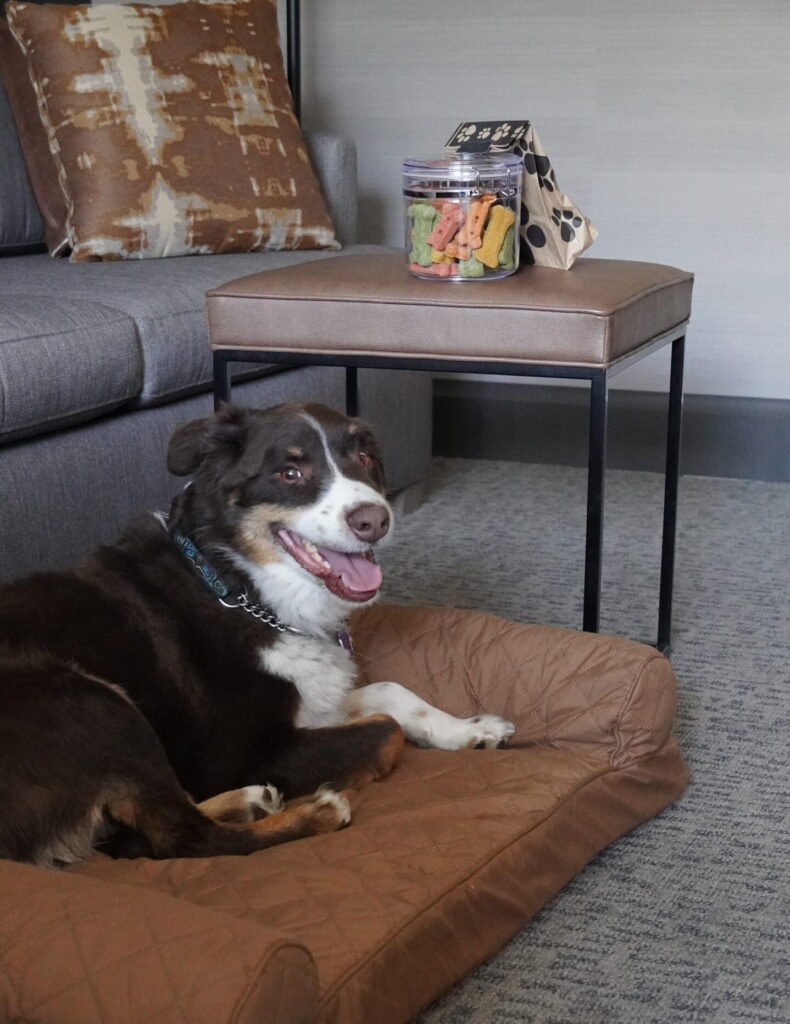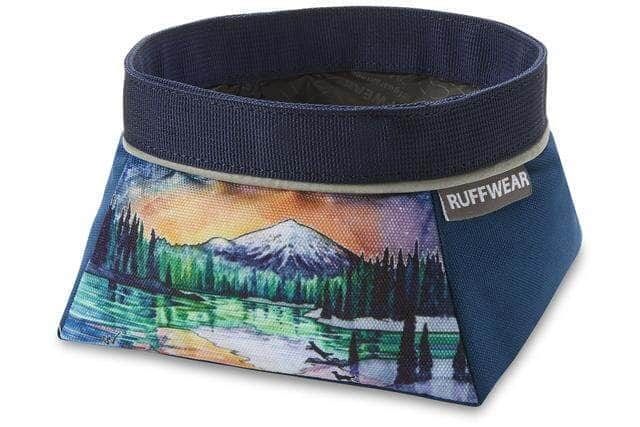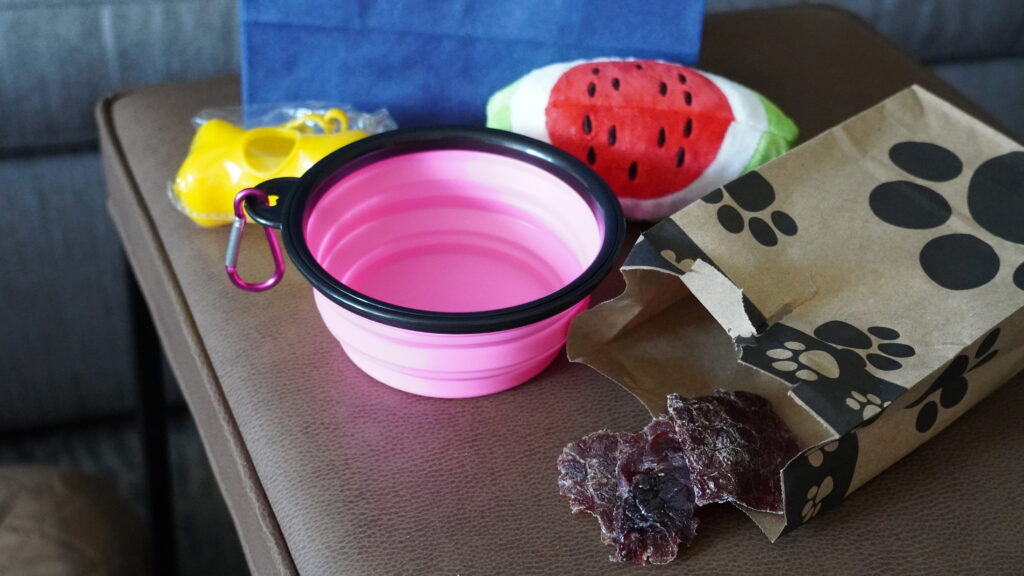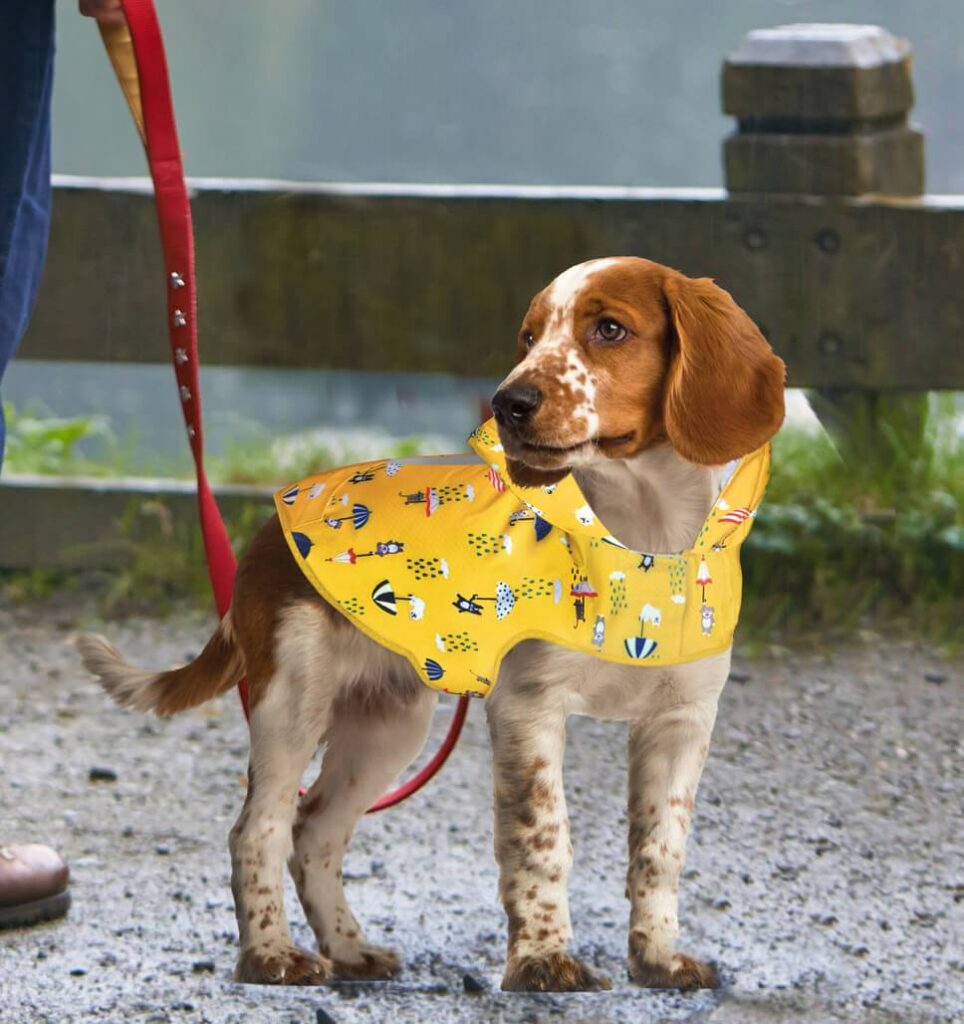Alterra Mountain Company Announces Plans for Deer Valley, Mammoth and More

While Vail Resorts’ plans for next season may be a bit delayed as they deal with the great Epic Pass backlash of 21/22, Alterra Mountain Company announces plans to move full steam ahead. They recently announced plans to spend $344 million in “capital improvements” to its 15 North American resorts for 2022/23, all in the name of guest experience. The largest focus of the annual investment will support its five major destinations- Steamboat in Colorado, Palisades Tahoe (aka Squaw Valley) and Mammoth Mountain in California, Crystal Mountain in Washington and Deer Valley Resort in Utah.
“We are thrilled to dedicate a significant investment to Deer Valley,” said Mark Brownlie in an interview with KSL in Salt Lake City. The chief operating officer for Alterra Mountain Company is also serving as the resort’s interim president after the then-president left in a flash at the start of the 21/22 season. “Given Deer Valley’s existing legacy and exceptional reputation for its unparalleled guest service, we look forward to unveiling these innovative developments and reimagined spaces for visitors to enjoy for years to come,” he added.
Plans get rolling this summer when contractors etch out more mountain biking trails on Deer Valley’s lower mountain—Bald Eagle. Riders will get a new intermediate flow trail and more expert trails between Snow Park and Silver Lake areas. The big redesign of Snow Park Lodge is set to break ground in 2023; however, it’s likely pushback from angry locals tired of endless traffic and congestion in the resort town, might delay this new plaza and its “premiere arrival experience.”
The original master plan was approved in 1977 but they say things have changed since then. “Lower Deer Valley and surrounding neighborhoods have grown and changed significantly in the 45 years since approval. We now have thousands more residents, houses, condos and vehicles. We also have a road system that is limited and stressed with traffic and we probably will be asked to ration water in the near future,” said DV resident Jerry Nolan in his Park Record OpEd piece. In addition to changes in parking and traffic, the new base area would offer new food and beverage options, retail, and an expansive ski beach.
The on-hill renovations like turning the Burns chairlift into a high speed quad should go more smoothly.
Alterra Mountain Company Announces Plans For Its Other Resorts
Alterra hit a major roadblock last summer in their Tahoe expansion plans when Sierra Watch, a conservation advocacy group, won a legal battle to stop them from building a series of high-rise condo hotels, a 90,000 square-foot indoor waterpark, and a rollercoaster. While that project has pressed pause, the highly anticipated $65 million Base-to-Base Gondola should be ready for the 22/23 winter season. The gondola will connect Palisades and Alpine Meadows for the first time. The combined 6000 acres will make Palisades Tahoe the third-largest ski area in North America. The 16-minute ride will make four stops as it takes riders between the two base areas and climb 2000 vertical feet. Just imagine the views! It should also alleviate road congestion in the region.
The ground and infrastructure work starts this summer to replace Canyon Express (Chair 16) at Canyon Lodge and Broadway Express (Chair 1) at Main Lodge. They’re going from quads to new high-speed six-pack lifts for winter 23/24. Mammoth will also be expanding, and lengthening the tube runs at Woolly’s Adventure Summit and installing a summer tubing surface for year-round fun. Future phases will include the installation of one of the longest mountain coasters in North America and the addition of an adventure ropes courses and a permanent base lodge with food and beverage services. When complete, Woolly’s will become a year-round adventure center for kids of all ages. Also planned for this summer is the expansion of indoor dining at Mill Café.
If this season in the west has shown us anything, it’s that we can’t count on Mother Nature. To that end, Mammoth will begin a multi-year snowmaking enhancement program that includes higher efficiency equipment to open more terrain faster, early. Finally, Mammoth Mountain continues to work on the planning and entitlement process for the eventual redevelopment of the Main Lodge and Mammoth Mountain Inn.
Alterra is dedicating $100 million into Crystal Mountain’s infrastructure over the next five years. The base will be enhanced for greater access, more space, and skier services. They’ll spend $25 million this spring on additional parking and a new 25,000 sq. ft. skier services lodge called Mountain Commons. The two-story building will replace the existing skier services building and include a new guest services and ticketing experience, retail, dining, and an expanded slope-side beach area. The project is expected to break ground this month and open for the 23/24 winter season. The Washington resort will also be adding a summer aerial adventure park, replacing lifts and increasing summer activities.
Phase two will add a new summit lodge and 100-room hotel at the base. But there’s no particular timeline for these projects. Check out the video announcement and photos below-
Phase 2 begins with the relocation of the lower terminal of the Christie Peak Express lift and the first leg of the Wild Blue Gondola, which will take guests to the new Greenhorn Ranch learning center at mid-mountain. A redesigned Bashor learning area will be accessed by the first leg of the Wild Blue Gondola. Steamboat Square will get The Range Food Hall, Skeeters Ice Rink, and slope-side guest amenities, including new and expanded restrooms, lockers, and more. If Alterra gets the approval they need, Pioneer Ridge terrain could see an expansion of 650 acres and making it the second largest ski area in Colorado. For a complete timeline of Full Steam Ahead projects, visit www.steamboat.com/fullsteamahead.
—

